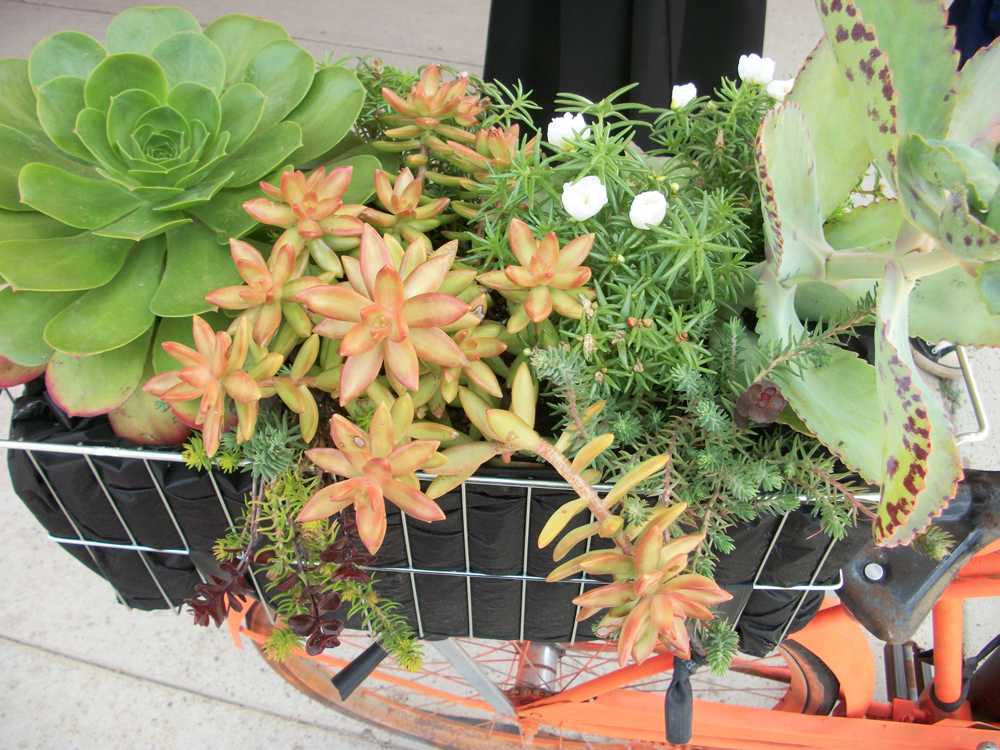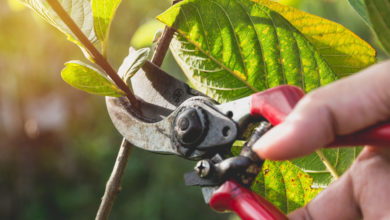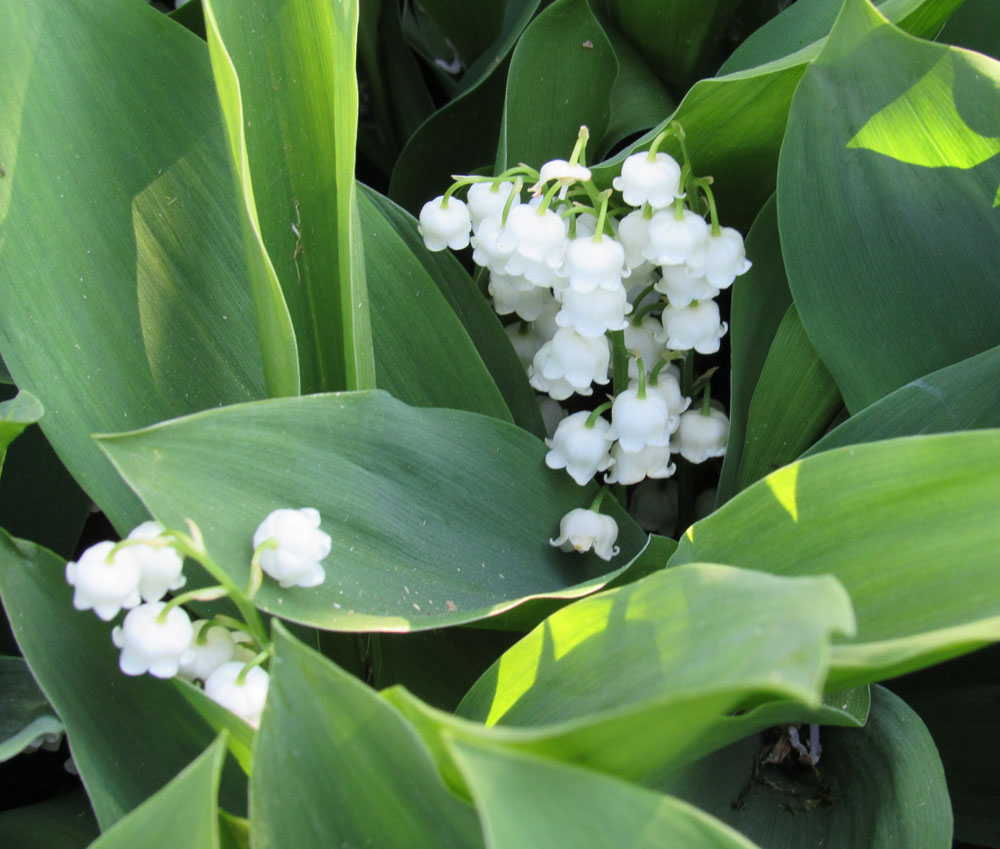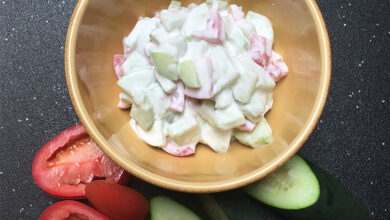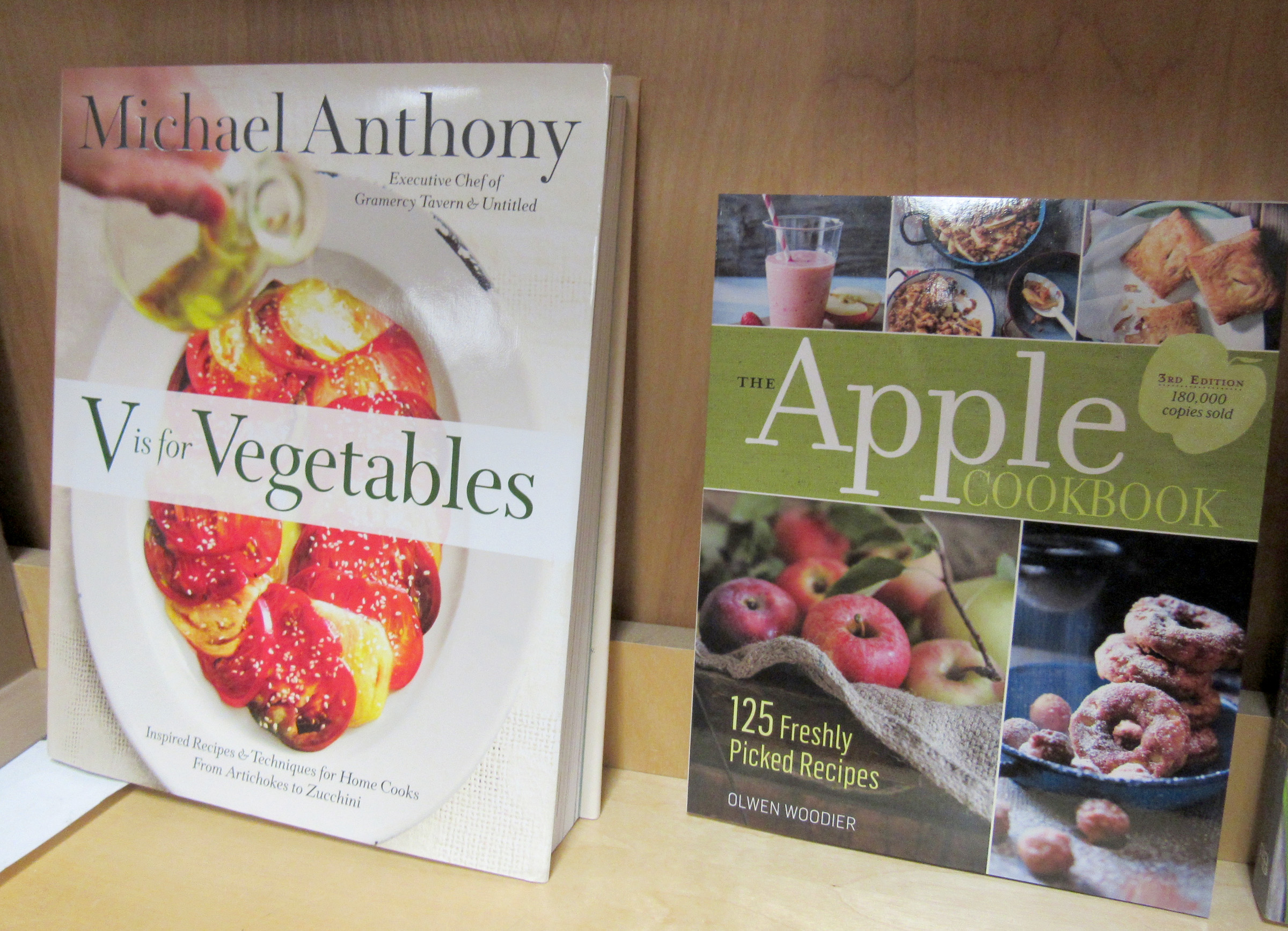Get Out & Grow
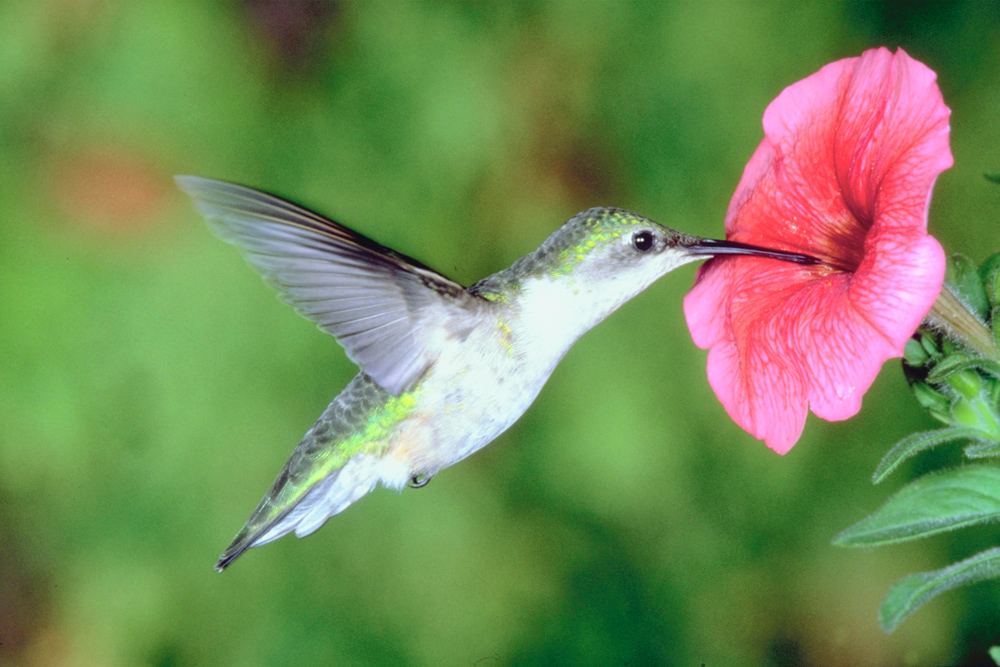
Breakfast with the mockingbird
One especially pleasant morning this spring, I had a few unexpected moments to take my coffee outside on the porch and enjoy the sunshine and flowers.
It was a particularly peaceful morning, but the solitude didn’t last very long. I was quickly joined by a northern mockingbird who landed in the Sargent crabtree next to our porch to feast on some of the petite fruits still holding on from last autumn.
The mockingbird has been a seasonal fixture in our yard for several years now. I’ve never seen more than one at a time, so I’m not sure if there is a pair.
Mockingbirds are very loud and ours has fooled me more than once with his extensive repertoire: first blue jay, then red-winged blackbird, then killdeer, then bluebird, then birdsongs I can’t identify.
Some people find the loud and incessant song annoying, but I enjoy it and am quite entertained by the showmanship. Peterson First Guides: Birds, says the northern mockingbird has extended its range into New England, largely because of suburban plantings of multiflora rose and other berry-bearing shrubs. Sargent crabapples are known for attracting birds and their dense summer foliage also provides shelter and protection. It’s one of the first places our “Mocker” visits when he returns each spring and I’m glad it’s here to attract and welcome him.
Fruit from the Sargent crab also draws small flocks of elegant cedar waxwings as well as many other songbirds which come to enjoy the fruit all winter and into spring.
Like toads, birds are another one of the gardener’s best friends. In addition to eating damaging insects, they are wonderful company with their bright colors and songs, particularly on morning and evening garden walks (and weeding sessions)!
This spring, the male and female Baltimore orioles loved perching in another of our ornamental crab trees as well as our cherry trees, apple trees and magnolia. They are so striking among the blooms and I love to hear their call and spot them there.
The rose-breasted grosbeak has been visiting the feeder looking very formal and dashing in his black, white and red plumage. We even had two or three sightings of an indigo bunting at the feeder.
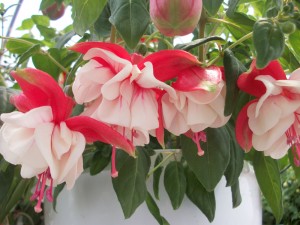
Birds can consume an amazing number of insects including caterpillars. I’ve read that the rose-breasted grosbeak will eat potato bugs and that flickers like ants, in addition to 89 other species of bugs. The red-winged blackbird eats cutworms, and downey woodpeckers consume 48 species of insects. Goldfinches even help with weed control, consuming large numbers of weed seeds.
In summers past, a family of house wrens has been a constant companion with mother making a huge fuss whenever I approach the birdhouse where she has taken up residence. Sadly, she hasn’t returned this year, although I have heard wrens in the yard. We even had a Carolina wren siting at the feeder in late winter which was unprecedented for us.
During my first years of gardening at our current home, I was fascinated by a large, crow-like bird which would fly from our pine trees to the small pond across the road. The bird had a loud, throaty “skyow” sounding call and, with the help of a bird book, I was able to identify it as a green-backed heron which is widespread across the U.S. in summer and winters in Florida and along the Gulf Coast. Pairs routinely return when the weather warms and that throaty call has become a certain sign that spring is really here.
Another avian garden friend is the hyper-active, pint-sized ruby-throated hummingbird. We have a hummingbird feeder and a trumpet vine growing on the garden shed which attracts them into our yard. They used to terrify me when they would swoop in and dive-bomb a flower (or another hummingbird), but now I know the sudden, loud buzzing is the wings of a hummer, not a monster wasp. Hummingbirds eat insects in addition to flower nectar and are even considered a pollinator.
I love to see them perch on the trumpet vine and they are always in the zinnia patch in mid to late summer. I spotted one recently stopping at the dark pink centranthus (Jupiter’s beard) for a drink. Most of the flowers which attract hummingbirds also attract butterflies – another beautiful garden creature.
Birds are a sign of a healthy environment and they are one of the major reasons I use herbicides and pesticides very sparingly, if at all.
There are many ways to attract birds into your yard and garden. Leave the flower heads of some of your flowers, especially rudbeckia and coneflowers, to go to seed. Goldfinches love them. Fill a basket, box, or mesh potato/onion bag with narrow grasses, thistle, milkweed and cattail down. Birds will use the materials to make nests. Sunflowers are a beautiful addition to the garden and are easy to grow from seed. Birds, especially finches, love to eat the seeds right off the plant and hanging baskets make any yard more pretty and help attract hummingbirds. “Teepees” made from bamboo or small tree branches not only provide visual height in the garden and support climbing plants, but they also are a favorite perch for the birds ….. looking to make a meal out of those caterpillars.



